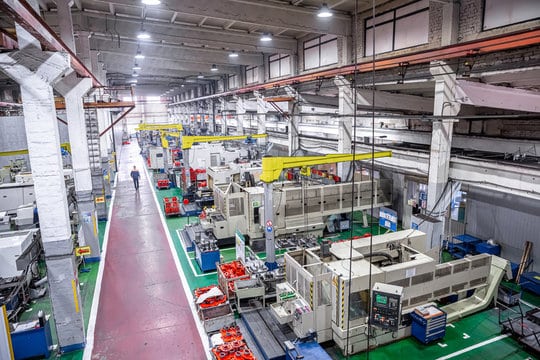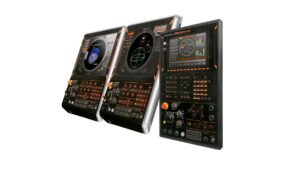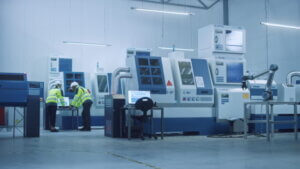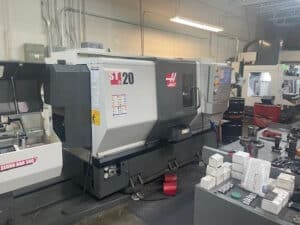Whether you’re setting up a new machine shop or reorganizing your existing setup, a sound layout can make it easier for each CNC machinist to do their job efficiently. Learn more in this post from Premier Equipment.
Step-by-Step Guide to a Solid CNC Machine Shop Layout
When a shop layout isn’t set up well, employees will waste time trying to stay out of each other’s way and looking for the tools they need. If it’s time to rework your shop floor layout, try the following steps:
- Observe: If you’re reorganizing or renovating an existing CNC machine shop, start by observing your team. Do they have enough space to work or are they crowded? Are they spending too much time looking for supplies or other times? Is there sufficient storage space?
- Inventory: Your shop probably includes items you use frequently and others you don’t. When you have excess equipment that isn’t being used, you’re wasting valuable space. On the other hand, if you don’t have enough of a certain item, your employees may get held up waiting for a tool or part to become available.
- Clean the space: Sweep, dust, and sanitize each work area. Using rubber catch mats will help by trapping swarf, stopping it from spreading around the shop floor. Remove any equipment that’s defective so it can be scrapped or repaired. If you have insufficient storage, set up additional shelving or bins so each machinist can easily access shared tools.
- Rearrange: Group similar equipment together. Let employees weigh in on how to best organize CNC machines: they are likely to have helpful insights on how the space should flow based on their daily tasks.
- Inspect: Managers should walk through the work area regularly to check for any safety hazards and ensure that the new layout is helpful to employees.
Benefits of an Organized CNC Machine Shop
Reorganizing your shop layout may seem like a big undertaking, but it’s worth your time. The benefits of a well-organized machine shop include:
- Safety: Keeping work areas clean, eliminating trip hazards, and providing adequate space for each worker means that injuries are less likely to happen on the job.
- Productivity: A shop should have a logical flow so that workers can move through their tasks efficiently. Optimizing the layout helps each person be more productive.
- Cost savings: In an unorganized shop, you’re more likely to lose or misplace items, which can lead to incurring extra labor and material costs.
Best Practices for CNC Machine Shops
An effective shop layout isn’t just about where you place machines. Machine shop managers should keep these practices in mind:
- Orient your team: Of course, your employees will receive thorough training on any CNC machines they will be working with. But you should also cover general shop policies, safety measures, and timekeeping rules.
- Take a comprehensive approach: Don’t limit your focus to the placement of each machine. Instead, think about how your workers will use the space from when they arrive at work to the moment they clock out for the day. Do you have easy access to break areas and restrooms? Do employees have lockers or another area to store personal belongings? Make sure everyone has what they need to be productive at work.
- Be open to feedback: Your layout may have to change over time – your staff may grow, or you may acquire new machines and tools. Recognize that you may need to revisit your floor plan and make adjustments as needed.
Choose Premier Equipment for Used CNC Machines
If you want to replace one of your CNC machines or expand your shop’s capacity, Premier Equipment is here to help. We sell high-quality used CNC machines from leading brands including:
Established in 1988, we are the world’s largest used CNC seller. To learn more, contact us today.



